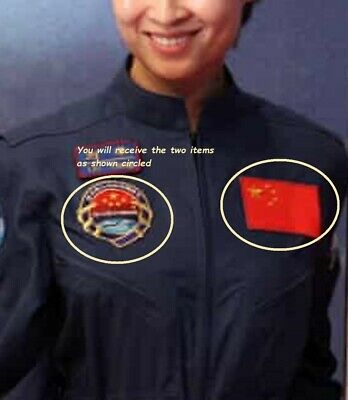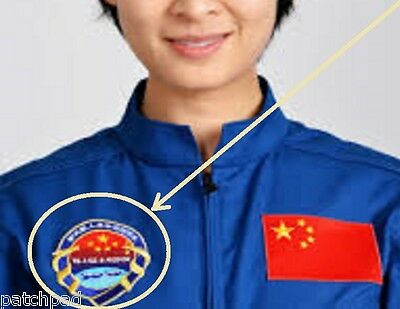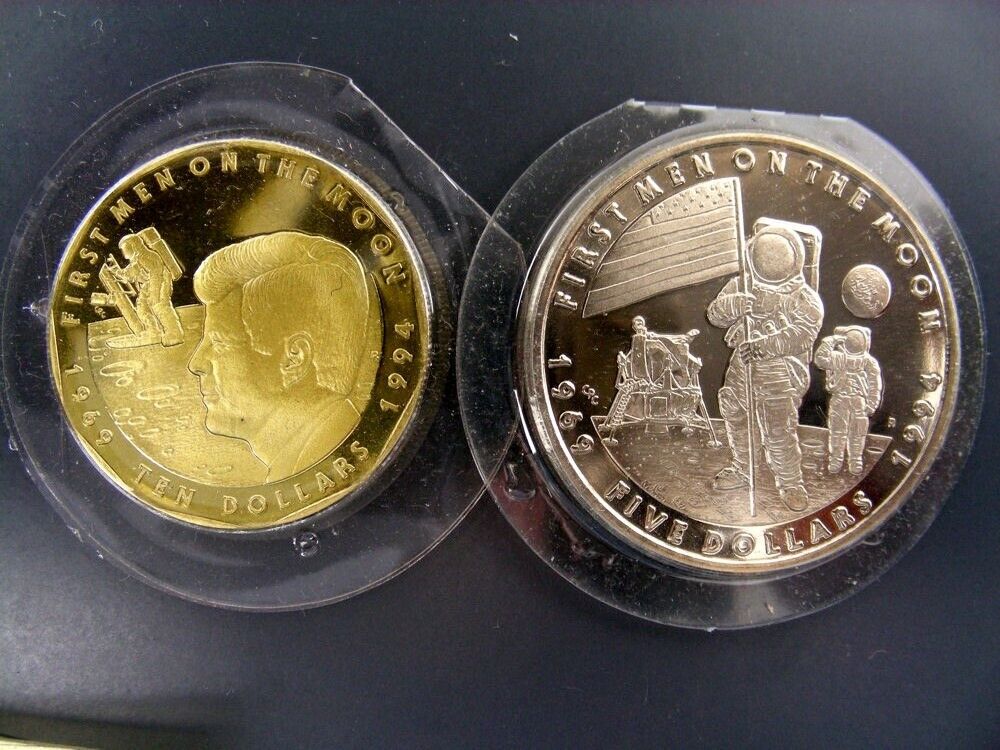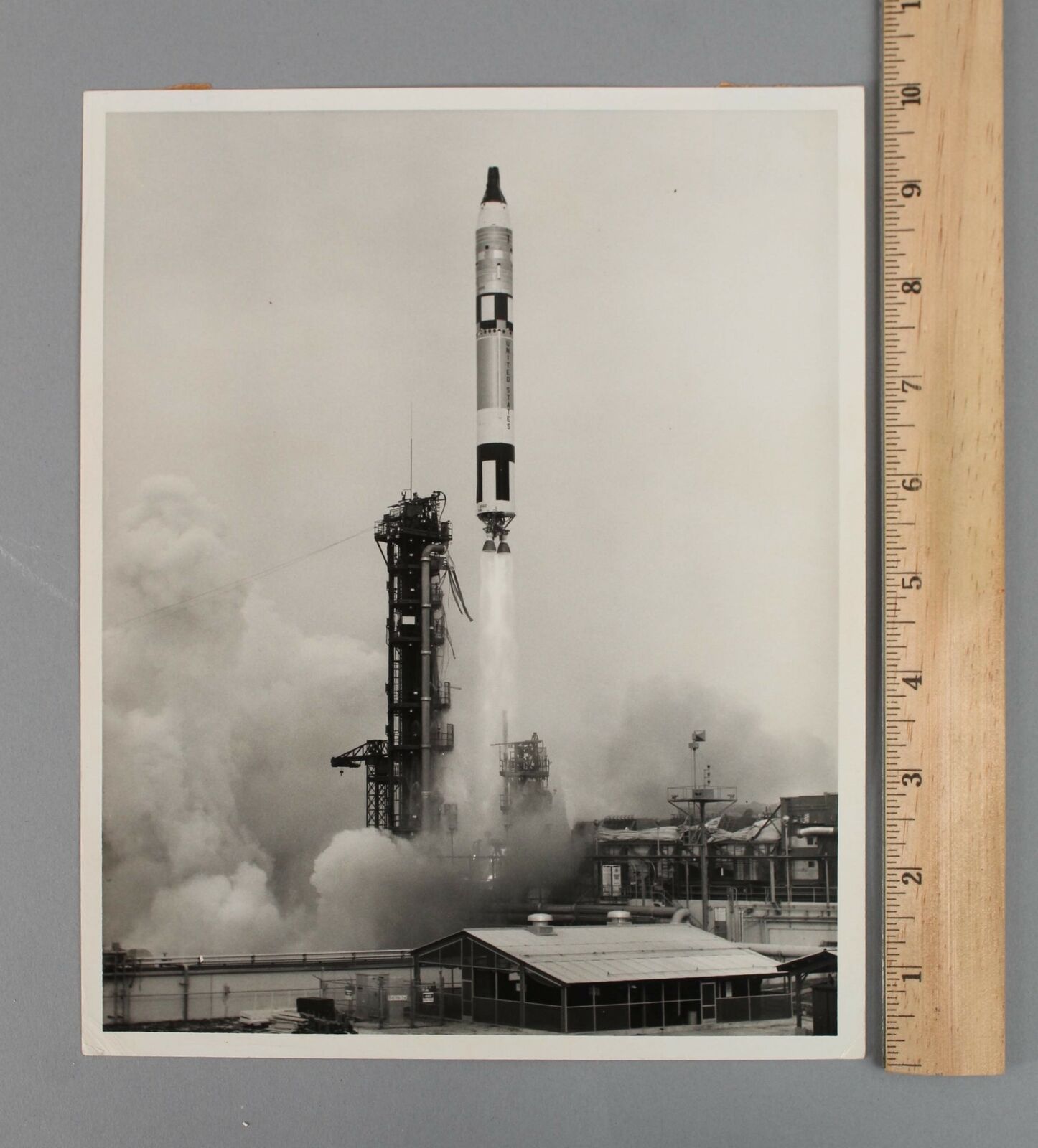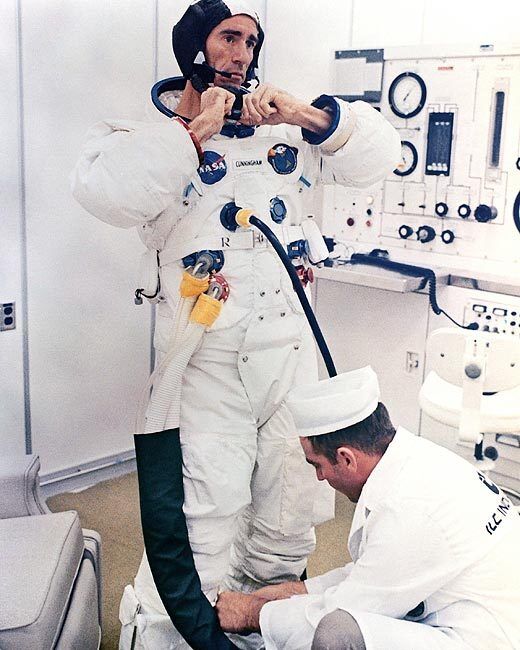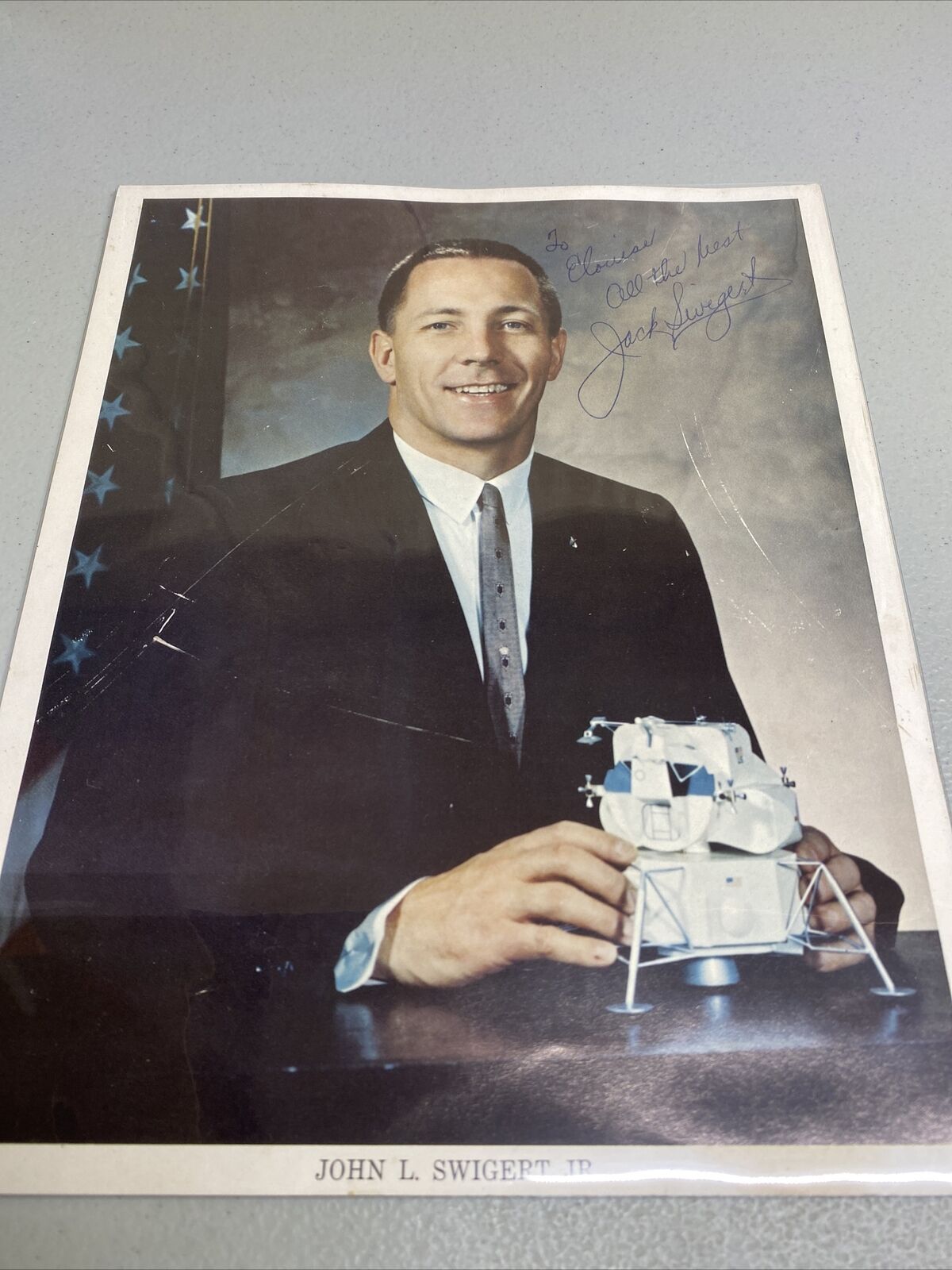-40%
Tiangong Space Station天宫 Chinese Astronaut 中國女航天員劉洋 Liu Yang vêlkrö 2-Patch
$ 10.55
- Description
- Size Guide
Description
Astronaut Center of China Tiangong Space Station天宫 Chinese Astronaut 中國女航天員劉洋 Liu Yang 2-Insignia PatchThis is a very special
CHINA SPACE PATCH Astronaut Center of China Tiangong Space Station天宫 Chinese Astronaut 中國女航天員劉洋 Liu Yang vêlkrö 2-Insignia Patch, you will receive two (2)
CHINA SPACE PATCHES as shown circled in the first photo
. Please note that there are color variations due to settings on different PCs/Monitors. The color shown on your screen may not be the true color.
Tiangong (Chinese: 天宫; pinyin: Tiāngōng; lit. 'Heavenly Palace') is a space station placed in low Earth orbit between 340 and 450 km (210 and 280 mi) above the surface. The Tiangong Space Station, once completed, will be roughly one-fifth the mass of the International Space Station and about the size of the decommissioned Russian Mir space station. The Tiangong is expected to have a mass between 80 and 100 t (180,000 and 220,000 lb). Operations will be controlled from the Beijing Aerospace Flight Control Center in China. The core module, the Tianhe ("Harmony of the Heavens"), launched on 29 April 2021. The construction of the station marks the third phase of the Tiangong program, building on the experience gained from its precursors, Tiangong-1 and Tiangong-2. Chinese leaders hope that research conducted on the station will improve researchers' ability to conduct science experiments in space, beyond the duration offered by China's existing space laboratories. A Long March 2F with a Shenzhou spacecraft will always be on standby for an emergency. In 2011, the space station was planned to be assembled during 2020 to 2022. By 2013, the space station's core module was planned to be launched earlier, in 2018, followed by the first laboratory module in 2020, and a second in 2022. By 2018 this had slipped to 2020-2023. A total of 12 launches are planned for the whole construction phase, now beginning in 2021. The assembly method of the station can be compared with the Soviet-Russian Mir space station and the Russian orbital segment of the International Space Station. If the station is constructed, China will be the second nation to develop and use automatic rendezvous and docking for modular space station construction. Shenzhou spacecraft and space stations use a domestically made docking mechanism similar to, or compatible with, the Russian designed APAS docking adapter. During the cordial Sino-Soviet relations of the 1950s, the Soviet Union (USSR) engaged in a cooperative technology transfer program with the PRC under which they taught Chinese students and provided the fledgling program with a sample R-2 rocket. The first Chinese missile was built in 1958 reverse-engineered from the Soviet R-2, itself an upgraded version of the German V-2 rocket. But when Soviet premier Nikita Khrushchev was denounced as revisionist by Mao, the friendly relationship between the two countries turned to confrontation. As a consequence, all Soviet technological assistance was abruptly withdrawn after the 1960 Sino-Soviet split. In 1994, Russia sold some of its advanced aviation and space technology to the Chinese. In 1995 a deal was signed between the two countries for the transfer of Russian Soyuz spacecraft technology to China. Included in the agreement was training, provision of Soyuz capsules, life support systems, docking systems, and space suits. In 1996, two Chinese astronauts, Wu Jie and Li Qinglong, began training at the Yuri Gagarin Cosmonaut Training Center in Russia. After training, these men returned to China and proceeded to train other Chinese astronauts at sites near Beijing and Jiuquan. The hardware and information sold by the Russians led to modifications of the original Phase One spacecraft, eventually called Shenzhou, which loosely translated means "divine vessel". New launch facilities were built at the Jiuquan launch site in Inner Mongolia, and in the spring of 1998 a mock-up of the Long March 2F launch vehicle with Shenzhou spacecraft was rolled out for integration and facility tests. A representative of the Chinese crewed space program stated that around 2000, China and Russia were engaged in technological exchanges regarding the development of a docking mechanism. Deputy Chief Designer, Huang Weifen, stated that near the end of 2009, the Chinese agency began to train astronauts on how to dock spacecraft.
Liu Yang (simplified Chinese: 刘洋; traditional Chinese: 劉洋; pinyin: Liú Yáng; born October 6, 1978) is a Chinese pilot and astronaut who served as a crew member on the space mission Shenzhou 9. On 16 June 2012, Liu became the first Chinese woman in space. Liu was born in Zhengzhou, Henan in 1978, into a family of Linzhou, Anyang origin. She graduated from People's Liberation Army Air Force Aviation College of Changchun. Liu joined the People's Liberation Army Air Force in 1997 and qualified as a pilot before becoming the deputy head of a flight unit, holding the PLAAF rank of major. She is a veteran pilot with 1,680 hours of flying experience. After two years of astronaut training, Liu excelled in testing before being selected with another woman, Wang Yaping, as a candidate for the astronaut corps. Liu was selected for the crew of Shenzhou 9, the first manned mission to the Chinese space station Tiangong 1, along with Jing Haipeng, the first repeat Chinese space traveller, and Liu Wang. Liu became the first female Chinese astronaut to go into space. The mission was launched on 16 June 2012, 49 years to the day after the first female space traveller, cosmonaut Valentina Tereshkova was launched During this manned space mission, Liu performed experiments in space medicine. 劉洋在鄭州市第十一中學實驗分校就讀高中,在多門功課都在90分以上,1997年在高中畢業考試更在代數、化學、生物三門獲滿分100分,而物理則得到99分。同年空軍首次在河南面向高中畢業生招收女飛行員。在學校教師推薦下,劉洋在畢業後投考女飛行員。初時父母曾認為危險提出反對,但被她成功說服。 劉洋在高考後,以超過當年地方重點院校錄取線31分的高分,順利進入中國人民解放軍空軍長春飛行學院,1997年8月入伍,成為空軍第七批女飛行員。劉洋初期對高強度的體能訓練並不適應,曾寫信向友人抱怨,稱自己從幸福掉到谷底。經友人鼓勵,劉洋改變想法,努力理解苛刻單調生活的內涵,以刻苦訓練彌補體能不足。她亦參加業餘的女飛行員樂隊,擅長黑管。她把自己經歷寫成了一篇題為《尋找生命中的玫園》文章,參加航校組織的英語演講比賽,獲得二等獎。 2001年6月,劉洋被分配到廣州軍區空軍航空兵某師,成為應急機動作戰部隊的一名飛行員。2003年9月,劉洋在一次晝夜儀表飛行訓練,飛機離地10米時,遇到飛機撞鳥意外。她保持著飛行狀態,並迅速向塔台報告情況,最終安全著陸。事後檢查發現,劉洋的飛機剛收起落架時遇到鴿群,飛機撞死了21隻鴿子,右發動機的渦輪葉片被打折了兩根,進氣道被堵塞了四分之三,左發動機的起落架艙則被撞破。她亦曾多次駕駛飛機參與空中人工增雨任務[4]。劉洋曾任空軍某師某團某飛行大隊副大隊長,安全飛行1680小時,被評為空軍二級飛行員。 2009年,中國第二批航太員選拔開始,首次招收女性航太員,劉洋成功獲選,在2010年初從15名候選人中脫穎而出,進入國家太空中心訓練接受空間飛行訓練。其間須先接受12個月的基礎訓練,包括航太醫學基礎、交會對接技術基礎、力學、數學等20門基礎課程,以及國學講座、救生生存訓練和體質訓練。一年後,剛開始某些項目只達到三級、二級標準的劉洋,平衡素質、力量素質、速度、耐力、肌力等全部體質指標均達到一級水平。2011年6月起,劉洋轉入航太專業技術和任務訓練階段,針對交會對接技術、目標飛行器與組合體飛行管理、空間科學實驗及飛行程序進行訓練。經過近3000個學時的學習,到執行任務前夕,預定訓練內容全部完成[6],並以優異成績通過航太員專業技術綜合考核。 性格開朗的劉洋以「小飛俠」作為QQ網名[7]。2001年5月加入中國共產黨,2004年與空軍戰友張華結婚。執行神舟九號航太任務時,為中國人民解放軍航太員大隊四級航太員,少校軍銜[5][8]。.
Other CHINA SPACE PATCH patch in other pictures are for your reference only, available in my eBay Store. They will make a great addition to your SPACE PATCH collection. You find only US Made items here, with
LIFE-TIME
warran
ty.
**
eBay REQUIRES ORDER BE SENT WITH
TRACKING
, PLEASE SELECT
USPS 1ST CLASS SERVICE w/TRACKING
**
**
eBay REQUIRES ORDER BE SENT WITH
TRACKING
, PLEASE SELECT
USPS 1ST CLASS SERVICE w/TRACKING
**
We'll cover your purchase price plus shipping.
FREE 30-day No-Question return
ALL US-MADE PATCHES HAVE LIFETIME WARRANTY
We do not compete price with cheap import copies.
Watch out for cheap import copies with cut-throat price;
We beat cheap copies with Original design, US-Made Quality and customer services.
Once a customer, a LIFETIME of services
